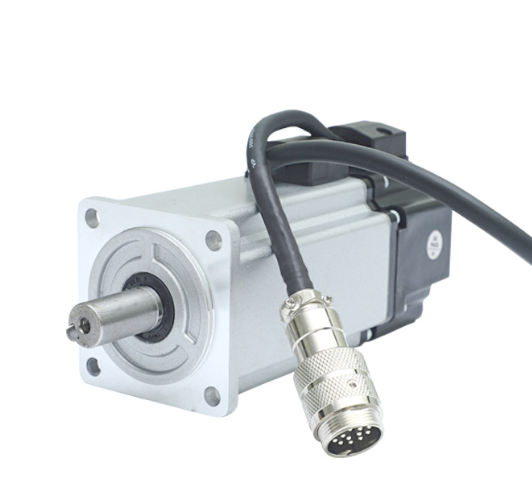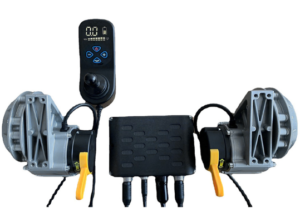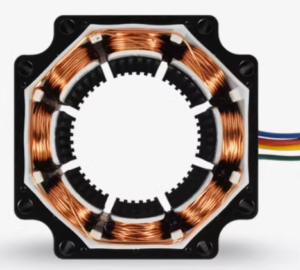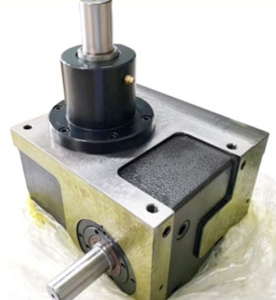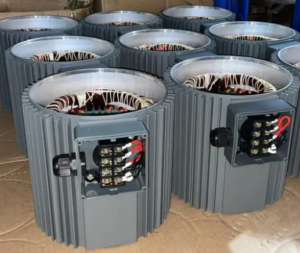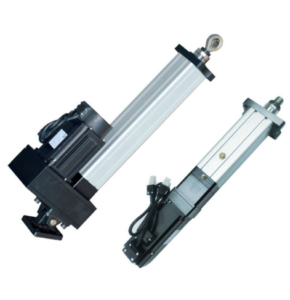Fault diagnosis of stepper motor: how to quickly locate the stepper motor fault problem? Stepper motor fault diagnosis requires a thorough inspection of the system to find out the source of the problem.
Here are some common stepper motor problems and how to diagnose them:
Fault diagnosis of stepper motor: how to quickly locate the stepper motor fault problem?
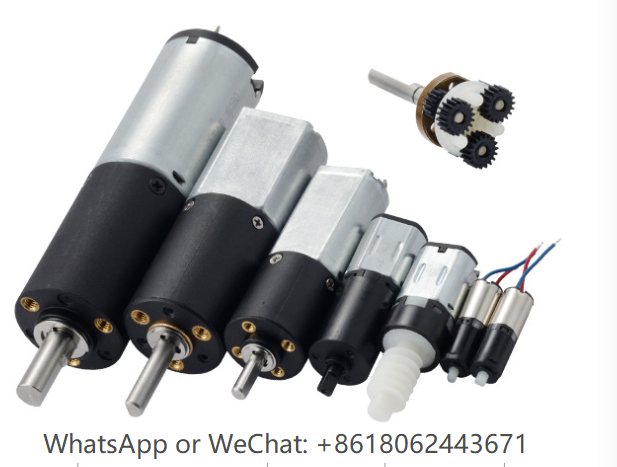
Planetary reduction gearbox – planetary reduction stepper motor
The motor does not rotate:
a. Check whether the power supply is supplying power normally.
b. Check that the input signal, power, and ground of the drive are correct.
c. Check that the connection wire between the motor and the drive is in good contact.
d. Check that the parameters of the drive are set correctly.
Motor out of step:
a. Make sure the load does not exceed the maximum torque of the motor.
b. Check that the voltage and current settings of the motor are appropriate.
c. Check that the acceleration and deceleration settings of the drive are reasonable.
Consider using a closed-loop control system or microstep drive.
Nema 24 Servo Motor 400W600W Light Woven Servo Motor Set – Hirden 60 Flange Servo Motor
Excessive motor vibration and noise:
a. Check whether the motor is installed stably to reduce mechanical resonance.
b. Ensure shaft alignment accuracy between motor and load.
c. Consider using dampers or shock absorbers to reduce vibration.
d. Use microstepping drive to reduce noise.

Servo motor driver – Hirden 60 Flange Servo Motor – nema 24 Servo Motor 400W600W Light Woven Servo Motor Set
Motor overheating:
a. Ensure that the current setting of the motor does not exceed the rated value.
b. Check whether the heat dissipation equipment (such as heat sink, fan, etc.) is working properly.
c. Ensure that the ambient temperature and ventilation conditions around the motor are good.
d. Consider reducing the load or improving the heat dissipation scheme.
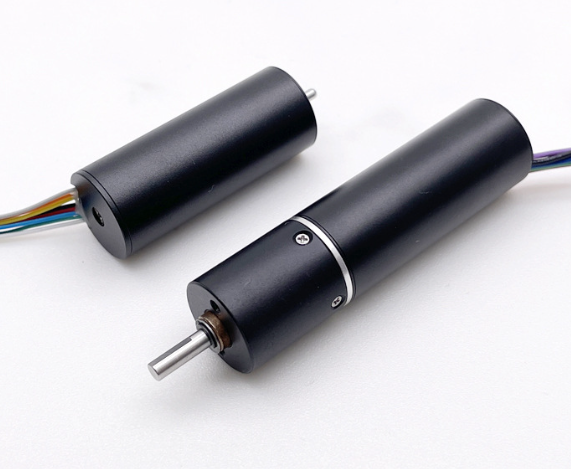
16mm coreless servo motor manufacturer
Insufficient motor positioning accuracy:
a. Check the load and rails for clearance or wear.
b. Check that the parameters of the motor and drive are set correctly.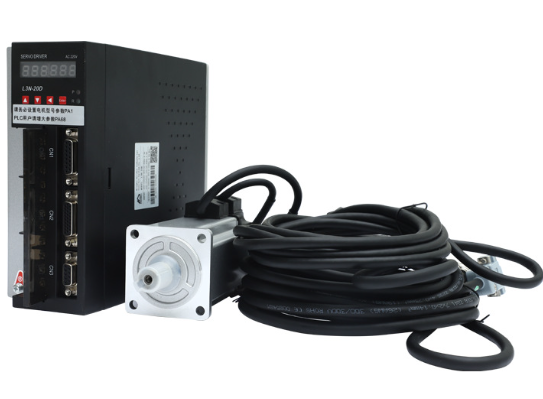
Advantages of linear screw stepper motors used on machine tools
Consider using microstepping drives to increase resolution.
d. If higher accuracy is required, servo motors can be considered.
In short, to carry out stepper motor fault diagnosis, it is necessary to check the power supply, driver, connecting line, installation stability, parameter setting, etc. according to the phenomenon, and find out the root cause of the problem through the elimination method, so as to take corresponding solutions.
How to improve the positioning accuracy of stepper motor?
It is important to improve the positioning accuracy of stepper motors, especially in the field of precision control. Here are some suggestions that can help you improve the positioning accuracy of your stepper motor:
1. Use microstepping drive: Microstepping drive can subdivide a complete stepping angle into multiple microsteps, thereby improving the resolution of the stepper motor. Microstepping drives not only improve positioning accuracy, but also reduce vibration and noise.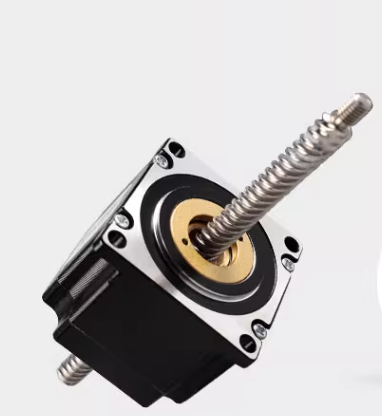
NEMA 24 through-screw motor trapezoidal linear through
2. Choose the right stepper motor: choose a stepper motor with higher resolution and accuracy. For example, five-phase stepper motors have smaller stepping angles and therefore higher positioning accuracy.
3. Ensure the mechanical accuracy of the system: check and eliminate the gap, wear or looseness between the load, guide rail and transmission parts. Ensure mounting accuracy and rigidity of bearings, lead screws and slides.
4. Use closed-loop control system: The closed-loop control system monitors the actual position by using encoders or other feedback sensors, and compares the actual position with the desired position, so as to achieve higher positioning accuracy.
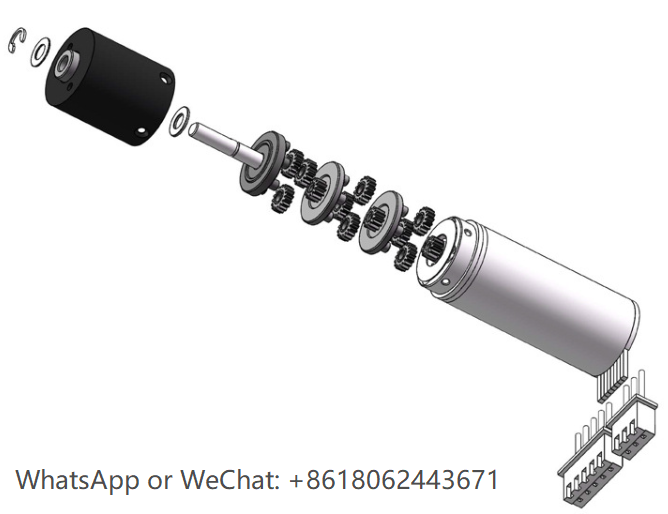
Hollow Cup Servo Motor – Gearbox and Motor Structure Diagram
5. Optimize drive parameters: reasonably set the acceleration, deceleration and current limit of the drive to avoid system overload and step loss, and ensure the stable operation of the motor within the load range.
6. Reduce vibration and resonance: When installing the stepper motor, ensure the stable installation, and use dampers, shock absorbers or vibration isolation pads to reduce vibration and resonance, so as to improve the positioning accuracy.
7. Maintain good heat dissipation: ensure that the surrounding environment of the motor is well ventilated and the motor is not overheated. Overheating may cause the performance of the motor to deteriorate, affecting the positioning accuracy.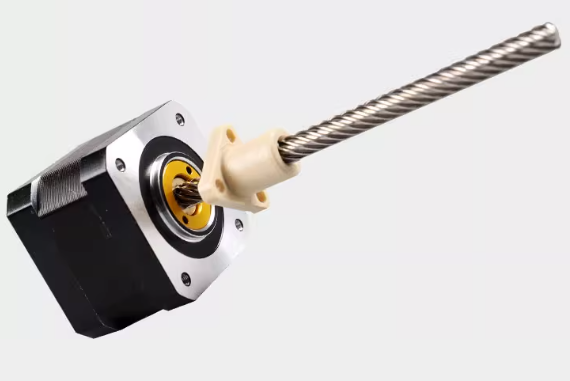
Fault diagnosis of stepper motor: how to quickly locate the stepper motor fault problem? NEMA 23 NEMA 24 through-screw motor trapezoidal linear through-telescopic stepper lead screw motor closed-loop drive control
8. Use high-quality power supply and cable: High-quality power supply and cable can ensure that the motor obtains stable voltage and current, thereby improving positioning accuracy.
By considering the above recommendations and optimizing accordingly, you can effectively improve the positioning accuracy of stepper motors to meet the needs of precision control applications.


